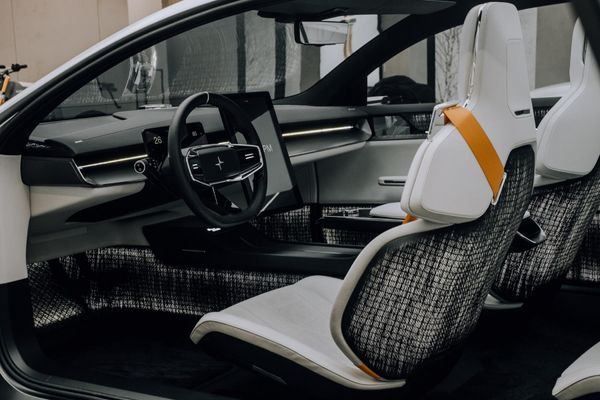Future Mobility Solutions

Market Insights
2020 was the year when global auto sales declined by 20% from the previous year. Although the impact from COVID-19 is evident, many mobility trends are also influencing the decisions of individuals when it comes to buying a vehicle.
Pollution issues and electric cars have become more prominent as a result of growing environmental movements. At the same time, the digital disruption produced by ridesharing services has led many customers to rethink whether they really need a car.
This is also encouraging investments in mobility startups, particularly from investors who come from outside of the automotive industry. According to TopTal, approximately $115 billion was invested in mobility startups between 2010 and 2018, with 94% originating from outside the sector.
The best mobility technologies provide excellent value for a small investment and may create financial returns while freeing up resources for the next big thing. Mobility technology is set to improve digital transformation and provide organizations the confidence to manage these tough times, as firms increasingly capitalize on trends like AI, multimedia, the Internet of Things (IoT), and others.
In this article, we're talking about mobility technology solutions that will probably become part of our everyday lives in the near future.
Autonomous Vehicles (AVs)?
Cars driving themselves on our streets looked like a far-fetched sci-fi fiction only a few years ago. However, because of recent breakthroughs in machine learning and autonomous technology, it is now on the verge of becoming a reality. The development of entirely autonomous automobiles has been divided into six phases, ranging from level one, which refers to driver aid features seen in many modern vehicles, to level five, which refers to fully self-driving vehicles capable of functioning on- or off-road with no human contact.
As technology advances and safety features improve, we may anticipate Level 4 autonomy becoming widely accessible by 2023, with full adoption following later. This is the stage of high automation, when under defined conditions, the vehicle is capable of completing all driving tasks, with the driver having the option of taking control of the vehicle.
Mobility-as-a-Service (MaaS)
Mobility-as-a-Service takes a user-centric approach to transportation. As alternative transportation alternatives become more integrated and flexible, MaaS is expected to diminish the number of private automobiles.
MaaS represents a significant paradigm change in the transportation industry. Users will no longer need to bother about charging up their cards, purchasing tickets, or paying for single fares. Suddenly, getting from point A to point B becomes more seamless and connected. It will save a significant amount of time and, ideally, costs.
TSPs (Transport Service Providers) have a steep learning curve. They will no longer reside in their own bubbles of "train," "bus," and "taxi." They'll work out rates with MaaS providers, who will package services and provide payment plans and choices to fit customers' needs.
Next, regulatory bodies will have to modify laws to support this new growth and guarantee that firms follow certain norms and regulations that benefit everyone. The MaaS Alliance, which represents the industry, is trying to make sure that Mobility-as-a-Service delivers on its promises. TSPs must also prepare their infrastructure and provide APIs that support MaaS operators with timetables, real-time information, and the capacity to order and pay services.
Mobility-as-a-Service (MaaS)
Vehicle-to-everything (V2X) is a technology that allows moving components of the traffic system around them to interact with each other. It includes numerous features and is also known as connected-vehicle-to-everything connectivity.
According to Investopedia, vehicle-to-vehicle (V2V) communication is one aspect of this technology that allows cars to interact with one another. Vehicle to infrastructure (V2I) is another component that will enable cars to interact with external systems such as street lights, buildings, and even bicycles and pedestrians. What this technology is capable of will increase as it becomes more advanced in the future.
This technology is a substantial advancement over historical sensors, allowing the vehicle to detect the motion of an object beyond the standard sensor's range of vision. With real-time data exchange, V2X communication systems provide drivers with essential updates on object locations and speeds, keeping them constantly aware of possible dangers.
Many leading V2X vendors, including Denso, Qualcomm, and Continental, have big integration plans, so vehicle-to-everything technology is projected to develop considerably over the next decade. Many modern automobile models, particularly luxury manufacturers, employ V2X technology in some way. Vehicle-to-everything technologies are likely to be included in lower-cost automobiles in the future.
Human. Technology. Together.
next - stories


